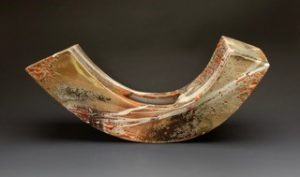
About Cliff Glover
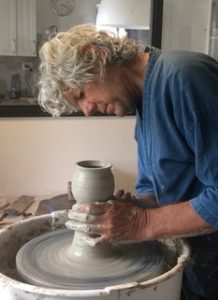
“If someone asks me why I still make pots, I’m not sure I could come up with an honest answer: it’s just what I do,” says Cliff Glover, talking about the pottery he creates at his studio/gallery in Albion. Glover does not see himself as doing “something special” but rather as a person who has worked very hard on his craft for decades, putting in the over 10,000 hours Malcolm Gladwell calls “deliberate practice” that is required to be skillful in any field.
“In reality,” Glover says, “pottery is as much about figuring out how to make a living as anything else.”
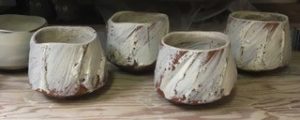
Glover uses stoneware and porcelain clays, prefers semi-matt and earth tone glazes, and fires in a gas kiln. For the most part, each piece is individually thrown on a potter’s wheel. His pottery is for everyday use — mugs, bowls, teapots, pitchers, etc. — the usual suspects. He also make vessels for the Japanese tea ceremony such as chawans (tea bowls) and mizusashis (water containers).
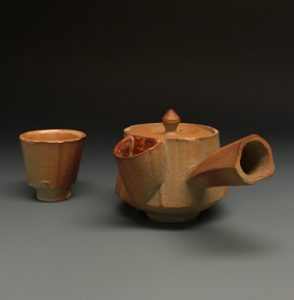
And here’s where deliberate practice comes in to play again: Glover’s practiced moves are not only deliberate but also efficient, succinct, and precise, aimed at making a living by creating mugs and cups that “feel good,” that “fit into your hand,” that “are easy to use and comfortable to hold.” In this sense, Glover’s art embodies Chicago architect Louis Sullivan’s maxim that “form follows function”; thus, each piece Glover makes has its own particular requirements.
“Simple” and “direct” are also words Glover uses to describe his pottery, which he hopes will appeal “to anyone who has ever worked hard at anything,” he says. “We are all looking for something to fulfill us.”
“And, of course,” he adds, “(a way) to make a living.”
Examples of Glover’s simple, direct work are displayed in galleries in Fort Bragg, Bodega Bay, and Mendocino as well as on his website at cliffgloverpottery.com. Go here to see Glover at work.
About Eric Wilder
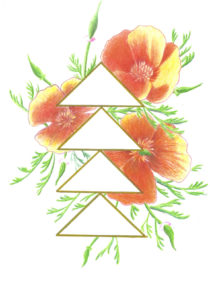
Many members of the Mendonoma coastal community will have seen Wilder’s work in various galleries and shops and at Art in the Redwoods; others may have joined one of his storytelling sessions at Gualala Arts. With this exhibit, Wilder will introduce viewers to his most recent works of art.
A member of the Kashia Band of Pomo Indians, Wilder grew up on the Kashia Reservation, the grandson of Essie Parrish, the last spiritual doctor of the Kashia, from whom he learned traditional teachings as well as songs, dances, and crafts. Though he was interested in art from an early age, he says he “finally got a break” into a professional art career when he entered a comic book store’s drawing contest and won. With that impetus, Wilder began creating graphic art for software companies and developing games for Lucas Art and MTV. His career in gaming drew on his abilities as an animator, character designer, storyboard artist, and concept artist in developing games like Stars Wars Phantom Menace and Celebrity Death Match.
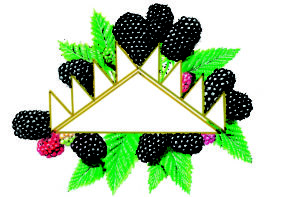
In addition to his work in graphic design, Wilder is a community leader, serving two terms as Tribal Chairman of the Kashia Tribal Council and being involved in supporting the work of the Native Media Resource Center (KGUA), Coastal Seniors, the Redwood Coast Medical Center, and the Gualala Arts Center.
Most recently, Wilder has helped to create the Native Art Expo as “a way to give Native American Artists exposure to a wide audience.” Free to young people, the Expo, which is part of Gualala Arts’ Global Harmony Series, presents professional Native artists in action, who want to inspire others “to be successful in the field of art.” In everything Wilder and these artists do, he says, they “strive to be stewards of the land, to keep native languages alive, and to honor our cultural traditions.” In all of Wilder’s work, and particularly in his memorable pen and ink drawings, which have won awards at Art in the Redwoods. Readers can see examples of his drawings on a series of greeting cards, and other examples of his work, at https://www.ericwildergraphics.com/.
 Gualala Arts Promoting public interest and participation in the arts since 1961
Gualala Arts Promoting public interest and participation in the arts since 1961